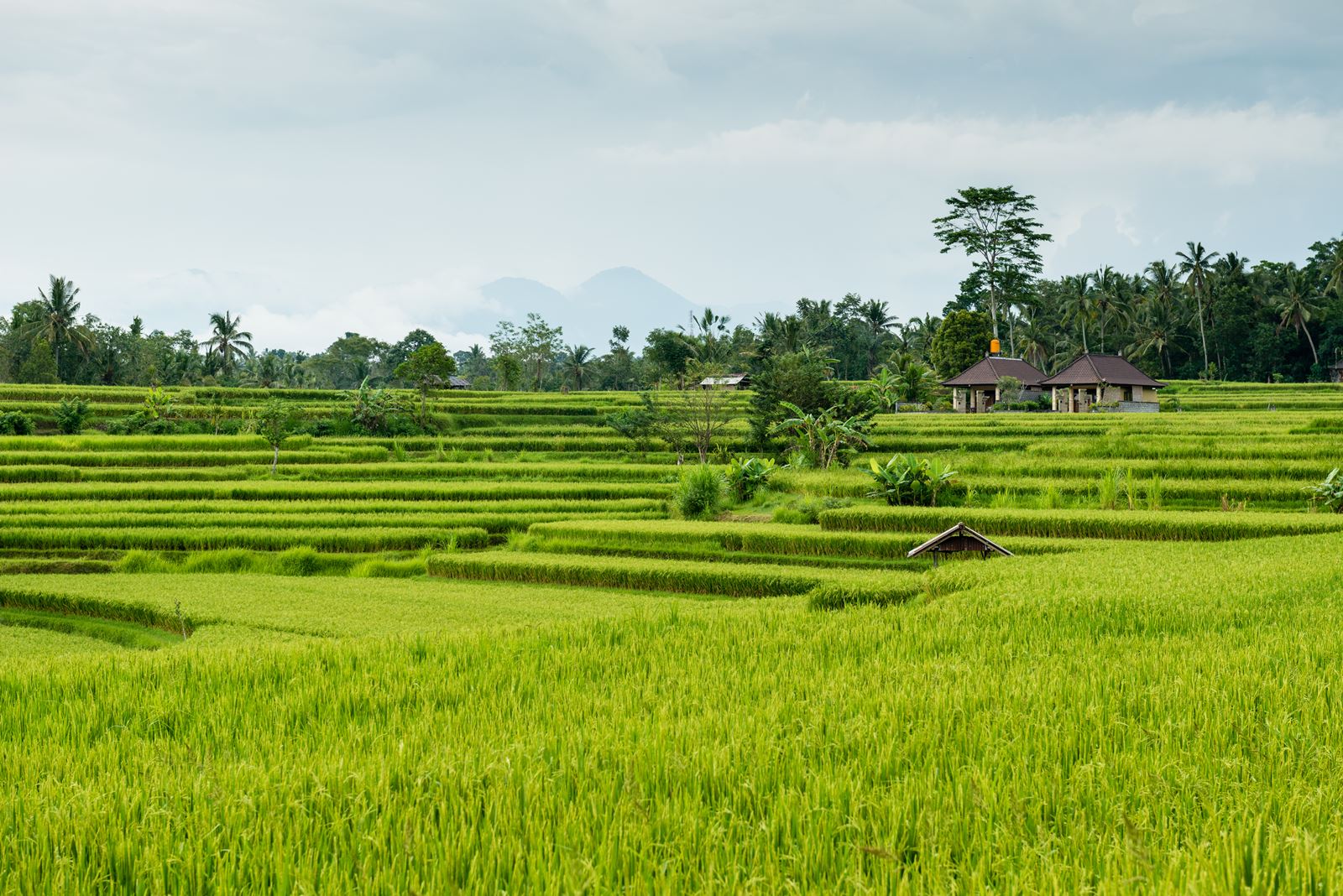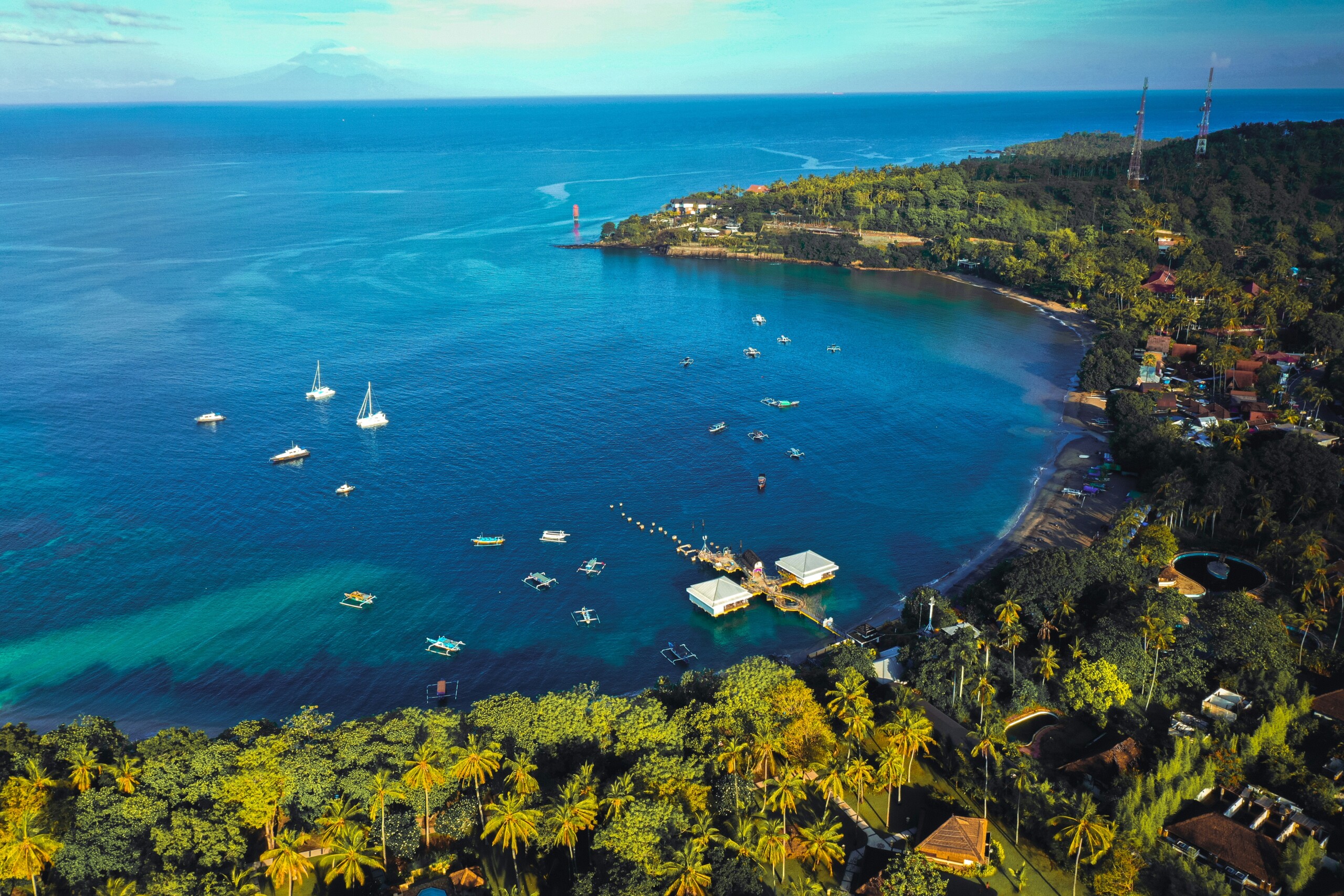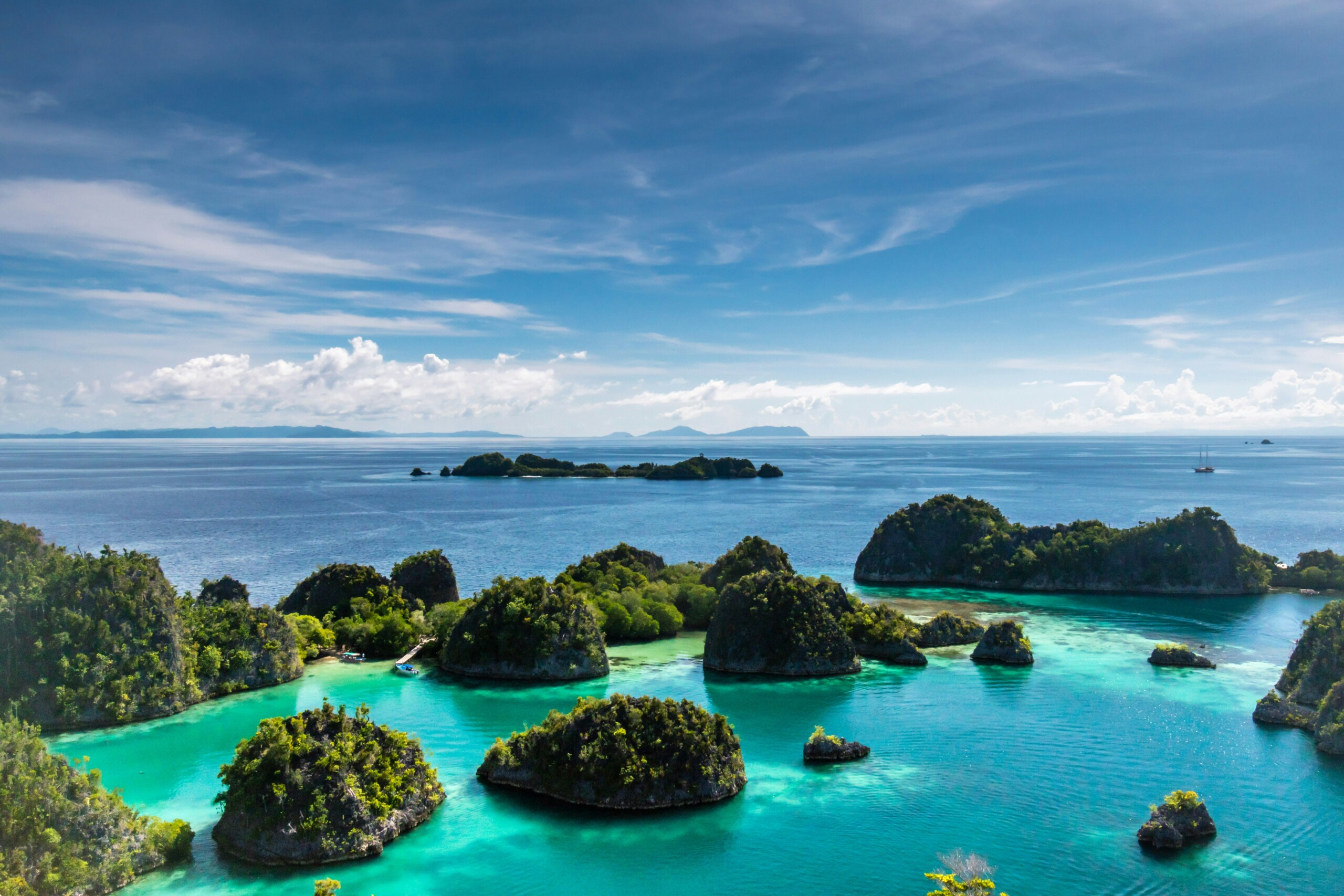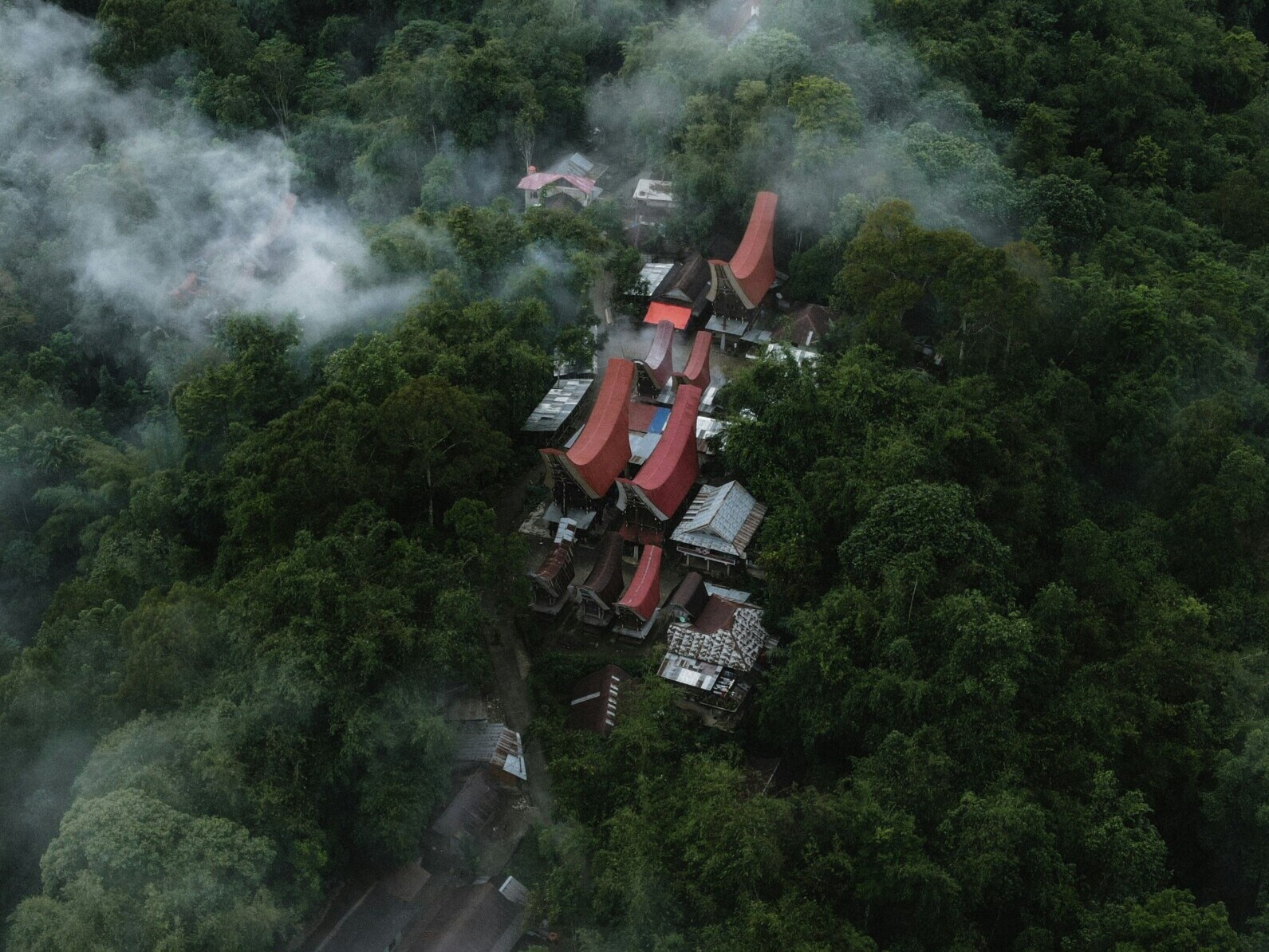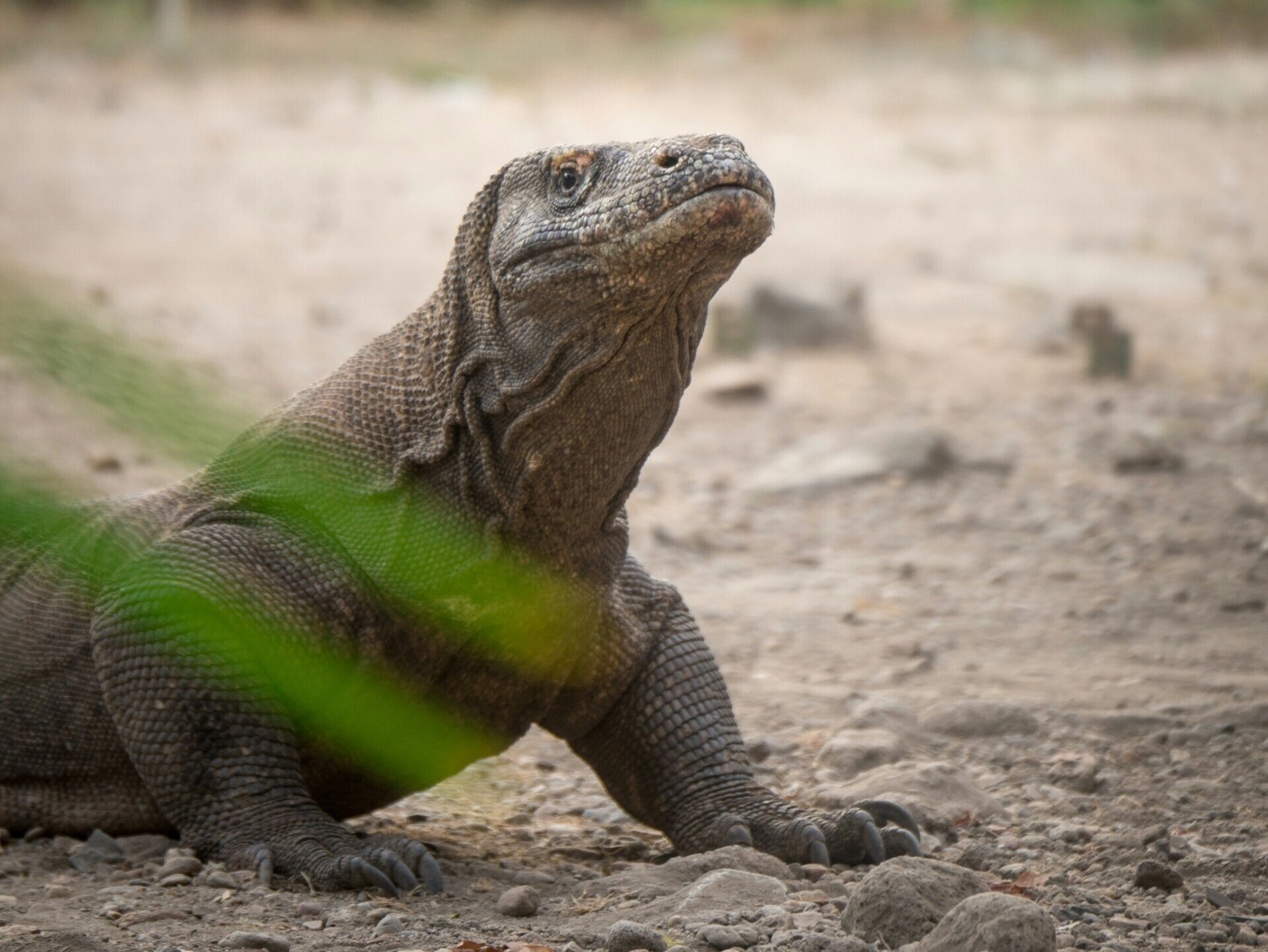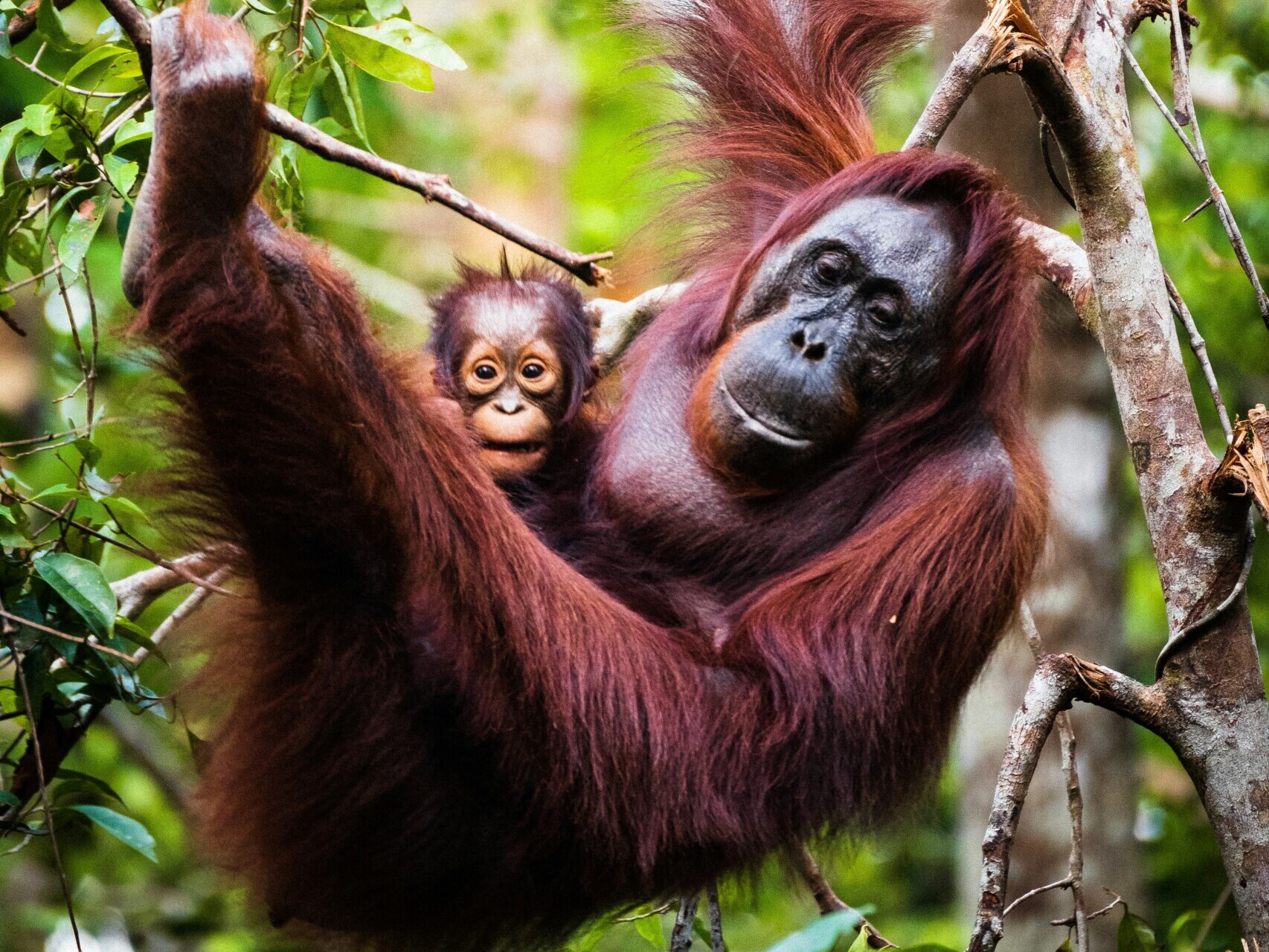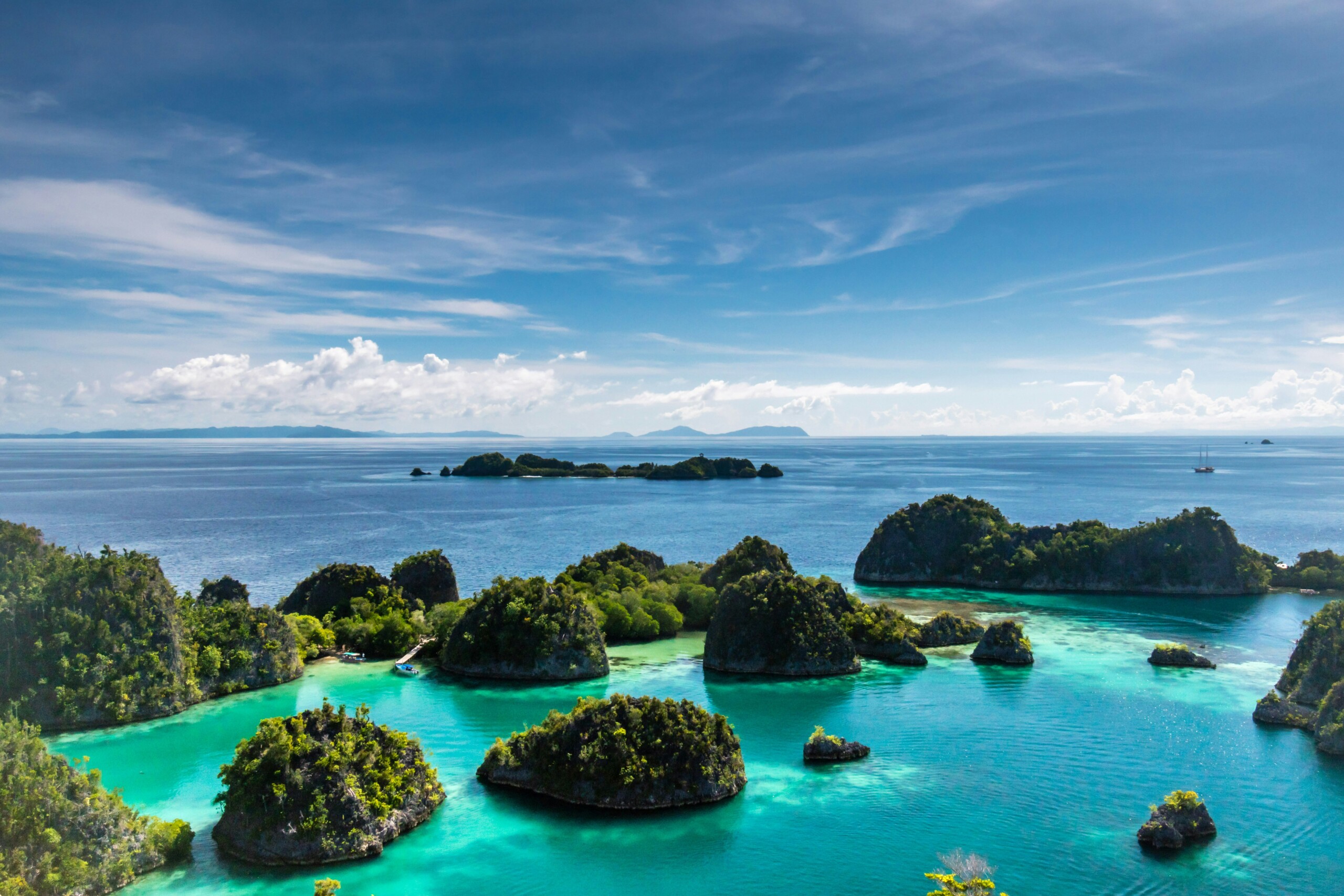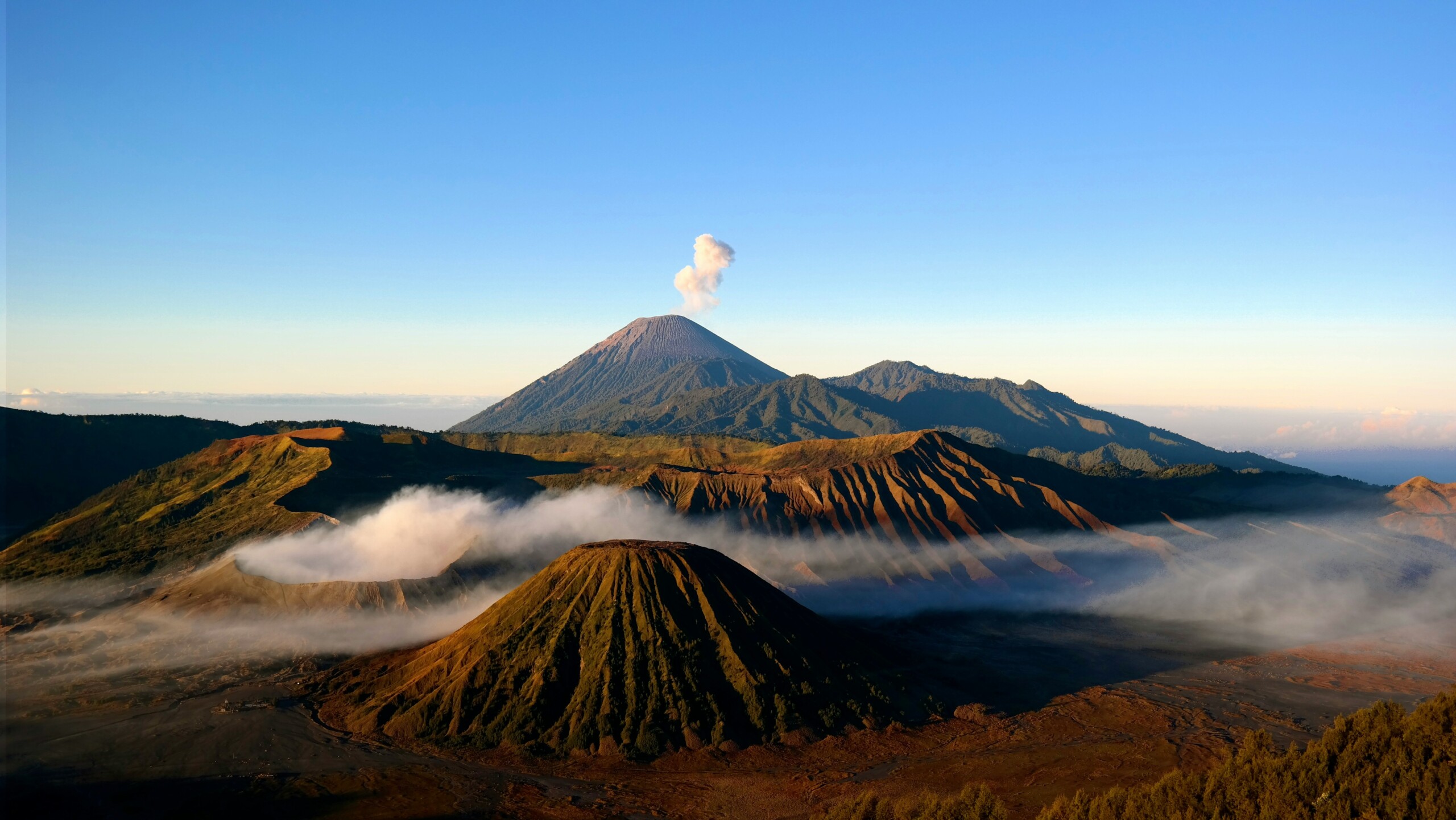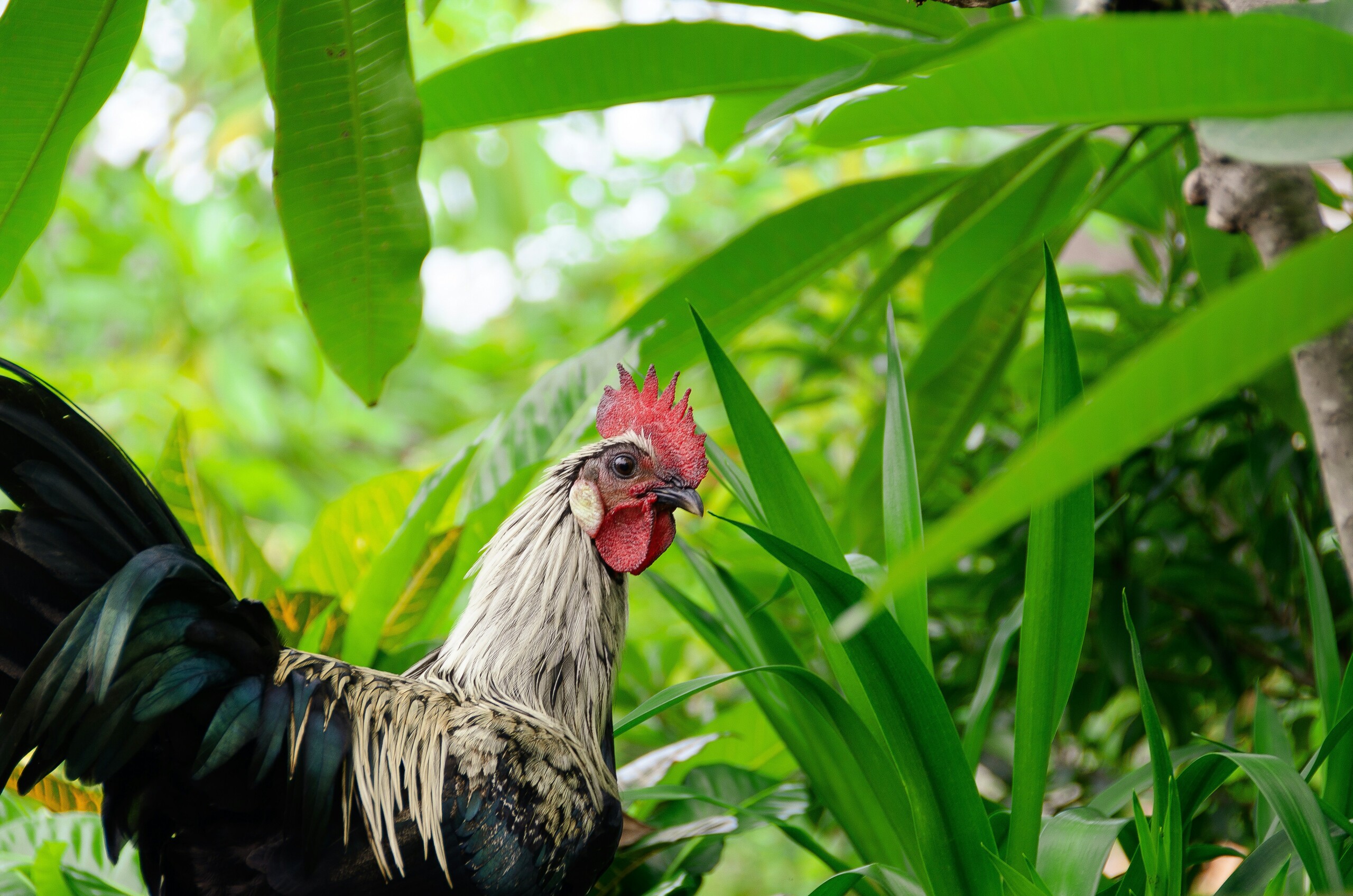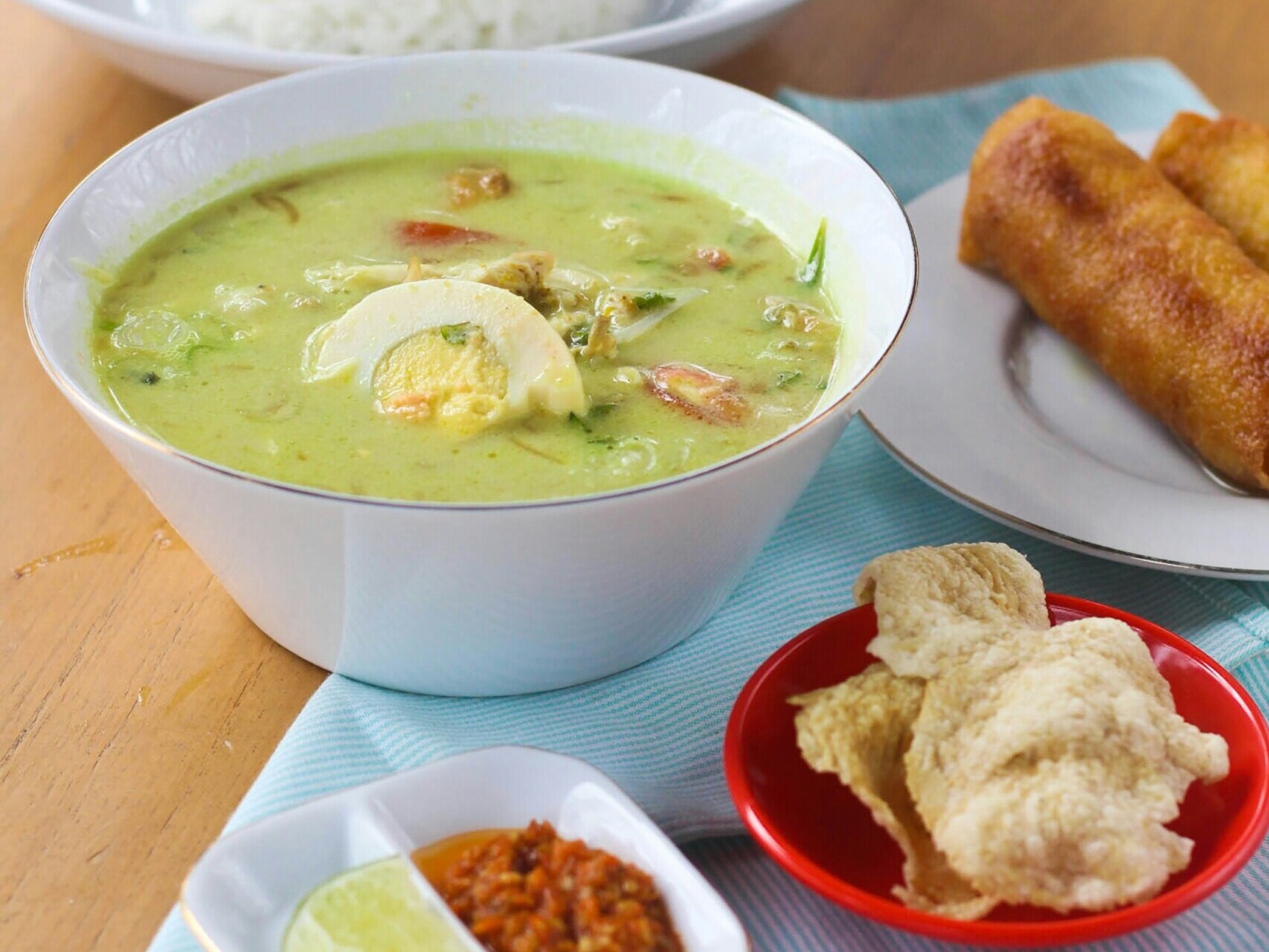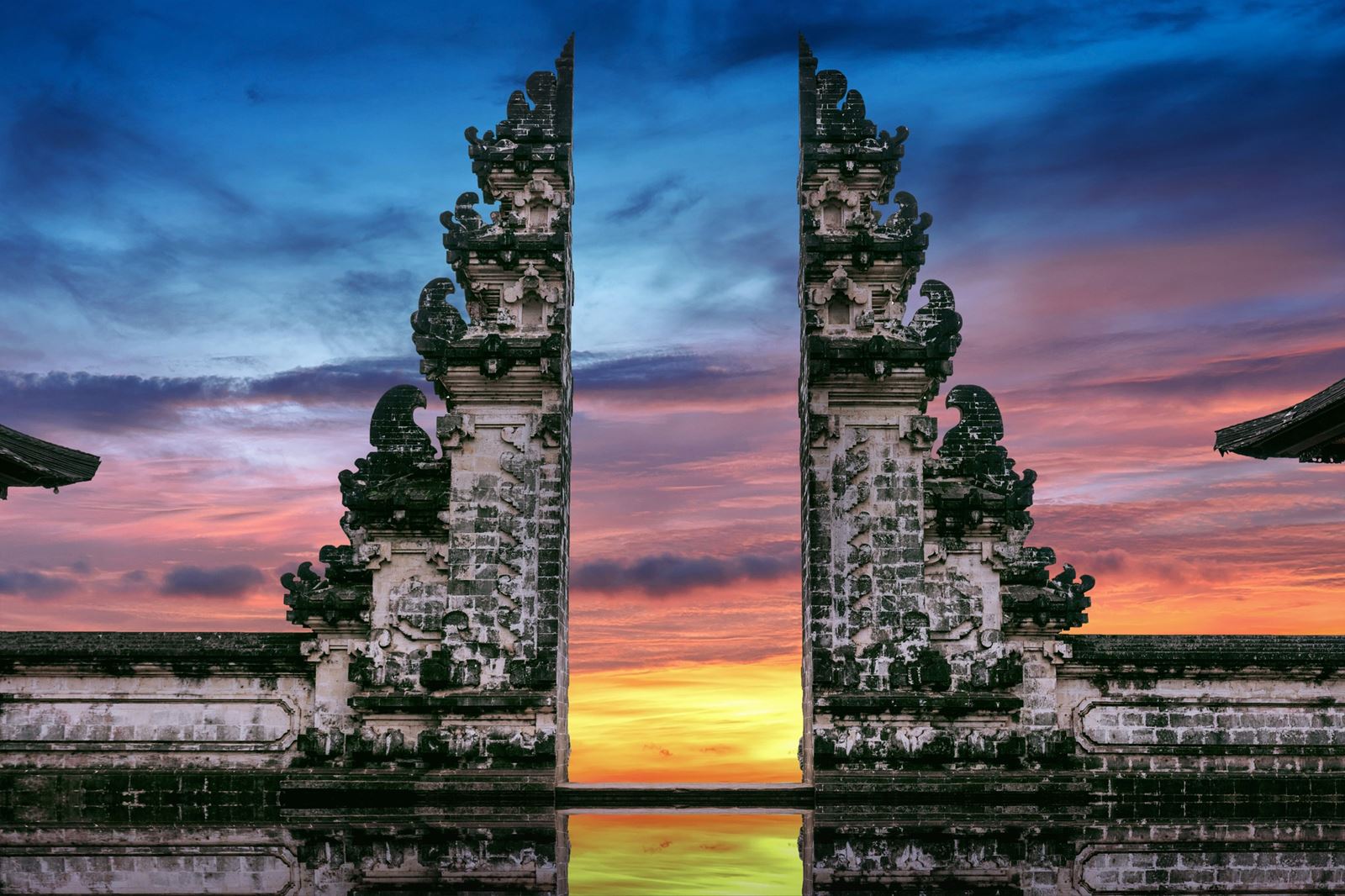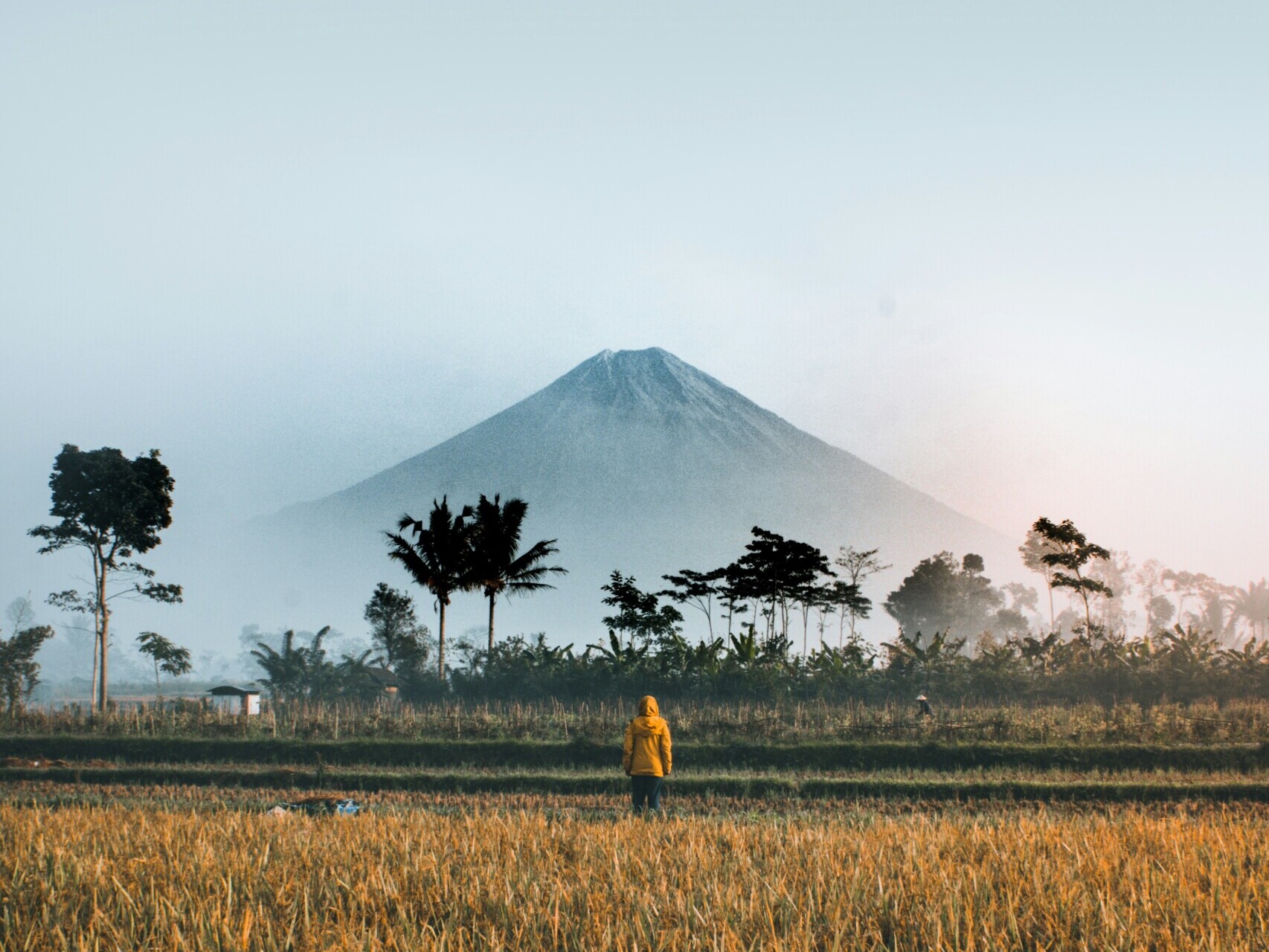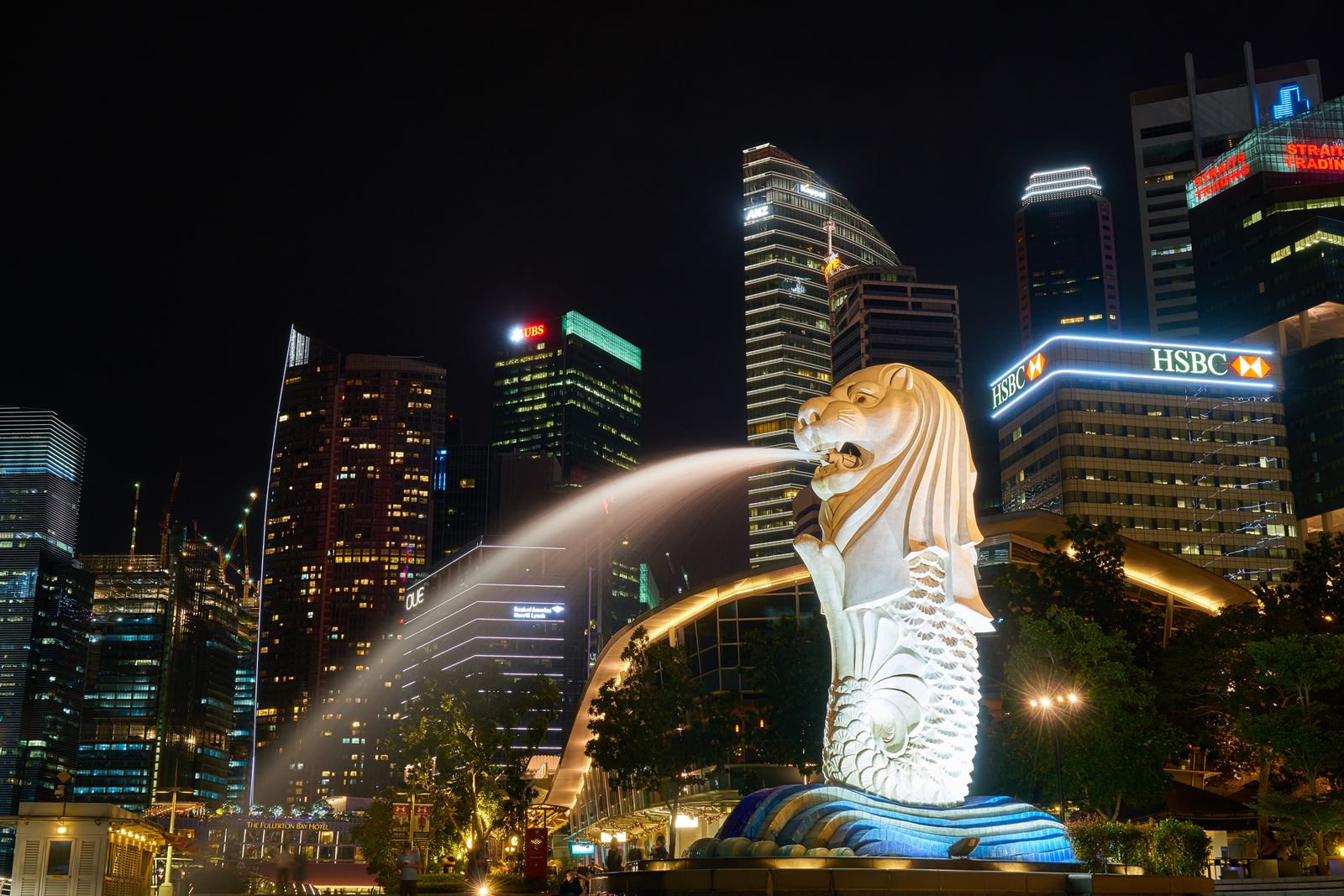Indonesia, with its stunning landscapes and diverse culture, offers a plethora of experiences for travelers seeking adventure and natural beauty. While the bustling cities and pristine beaches often steal the spotlight, the rural areas of Indonesia hold a charm of their own. One of the best ways to explore the rural beauty of Indonesia is by cycling through its picturesque rice paddies.
Discovering the Heartland of Indonesia
As you pedal through the lush green fields of rice paddies, you will be transported to the heartland of Indonesia. The rhythmic hum of the cicadas, the gentle breeze rustling the rice stalks, and the vibrant colors of the landscape create a serene and tranquil atmosphere. Cycling allows you to immerse yourself in the everyday life of the locals, witnessing their hard work and dedication to cultivating the land.
One of the most popular regions for cycling through the rice paddies is Bali. The island is not only known for its stunning beaches but also for its terraced rice fields that form a mesmerizing backdrop. Ubud, the cultural hub of Bali, is an excellent starting point for your cycling journey. From here, you can explore the surrounding villages and witness the traditional farming methods that have been passed down through generations.
Experiencing Rural Life
As you cycle through the rice paddies, you will have the opportunity to interact with the locals and learn about their way of life. The Balinese people are known for their warm hospitality and will gladly welcome you into their homes. You can witness traditional ceremonies, try your hand at rice planting, or simply sit down for a cup of coffee and engage in conversation with the locals.
Aside from Bali, other regions in Indonesia also offer incredible cycling experiences through rice paddies. Yogyakarta, located on the island of Java, is another popular destination for cycling enthusiasts. The region is home to the famous Borobudur Temple, a UNESCO World Heritage Site, and the surrounding countryside is dotted with rice fields. Cycling through these fields will not only give you a glimpse of rural life but also provide breathtaking views of the temple.
Challenges and Rewards
Cycling through the rice paddies of Indonesia is not without its challenges. The terrain can be uneven, and the heat and humidity can be intense, especially during the summer months. However, the rewards far outweigh the challenges. The sense of accomplishment as you conquer each hill, the refreshing coolness of the shade provided by the rice stalks, and the stunning vistas that unfold before you make every pedal stroke worthwhile.
Not only does cycling through the rice paddies offer a unique way to explore the rural beauty of Indonesia, but it also provides a sustainable and eco-friendly means of transportation. By choosing to cycle, you are minimizing your carbon footprint and contributing to the preservation of the environment.
Tips for a Memorable Cycling Experience
Before embarking on your cycling adventure, it is essential to be prepared. Here are some tips to ensure a memorable experience:
- Wear comfortable clothing and shoes suitable for cycling
- Stay hydrated by carrying a water bottle
- Apply sunscreen to protect your skin from the sun
- Bring a camera to capture the stunning landscapes
- Respect the local culture and traditions
- Follow the designated cycling routes and be mindful of your surroundings
Cycling through the rice paddies of Indonesia is an adventure that will leave you with lasting memories. It is an opportunity to connect with nature, immerse yourself in the local culture, and experience the beauty of rural Indonesia firsthand. So, hop on a bike, pedal through the fields, and let the beauty of Indonesia unfold before your eyes.

